‘We Are History’ confronts the climate emergency through a global art lens
A Somerset House group show curated by Ekow Eshun interrogates the origins of climate change through a global lens, and coincides with the 1-54 Contemporary African Art Fair
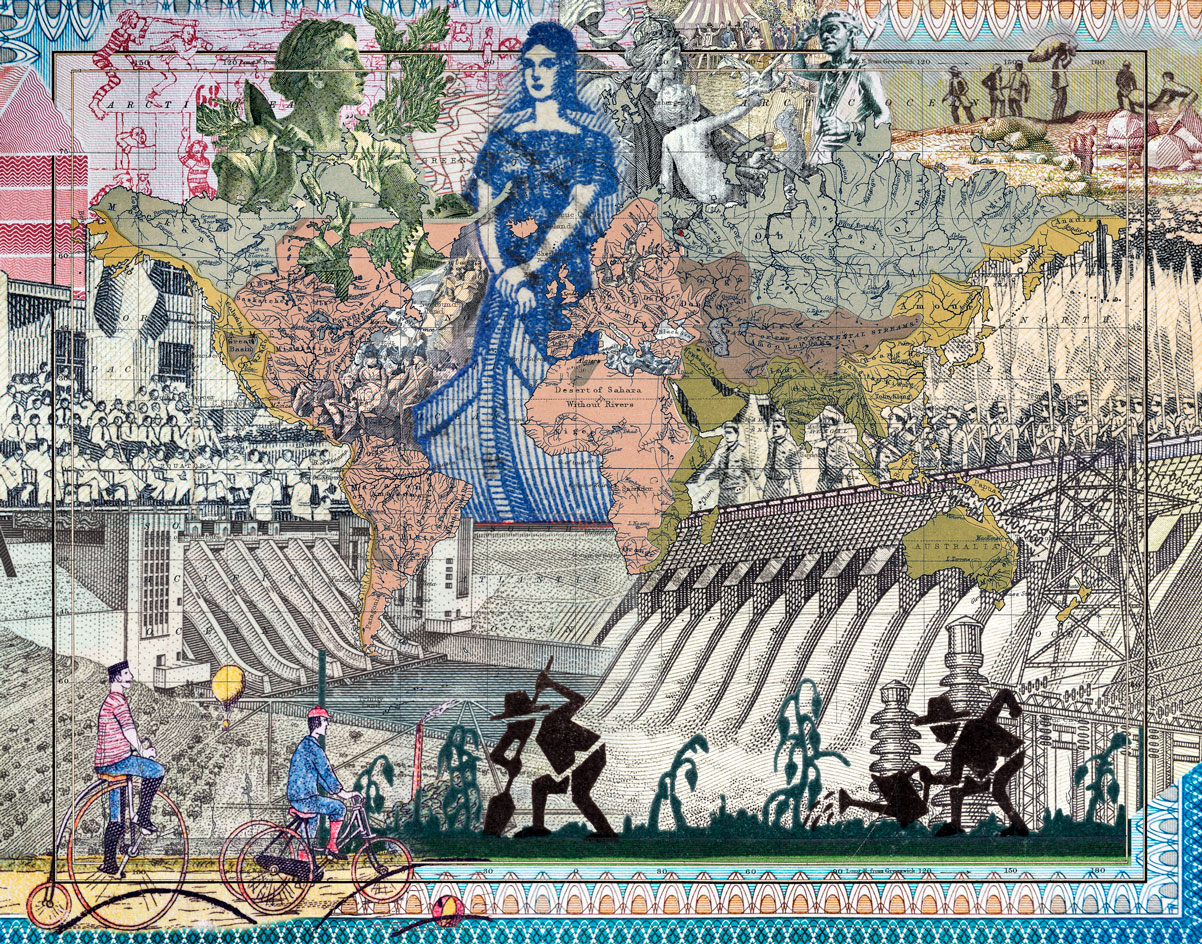
We are each a record of all that has led to this moment. This is the central tenet behind ‘We Are History’, a group exhibition in the Terrace Rooms at Somerset House. Curated by Ekow Eshun, the exhibition straddles history and cartography to trace the origins of the contemporary climate emergency back to 15th-century plantation and colonial systems.
The exhibition not only asks us to look far back, but also to look wide as it considers the perspectives of communities outside of the Global North. Coinciding with the 1-54 Contemporary African Art Fair, ‘We Are History’ presents the perspectives of 11 artists, each with personal connections to countries in the Caribbean, South America and Africa, together forming a lyrical documentation of history, community and the fragility of nature.
Created in the aftermath of Hurricane Dorian, the worst natural disaster in the history of the Bahamas, Alberta Whittle’s videos situate changing weather patterns in the Caribbean as a part of the legacy of slavery and European intervention in the region, exploring the effects on flora, fauna and peoples. Likewise, Louis Henderson film’s The Sea is History critiques European colonial history by adapting Derek Walcott’s poem of the same name in a piece that features Lago Enriquillo, the hyper-salinated lake in the Dominican Republic that often floods due to the drastic rise in sea temperatures.
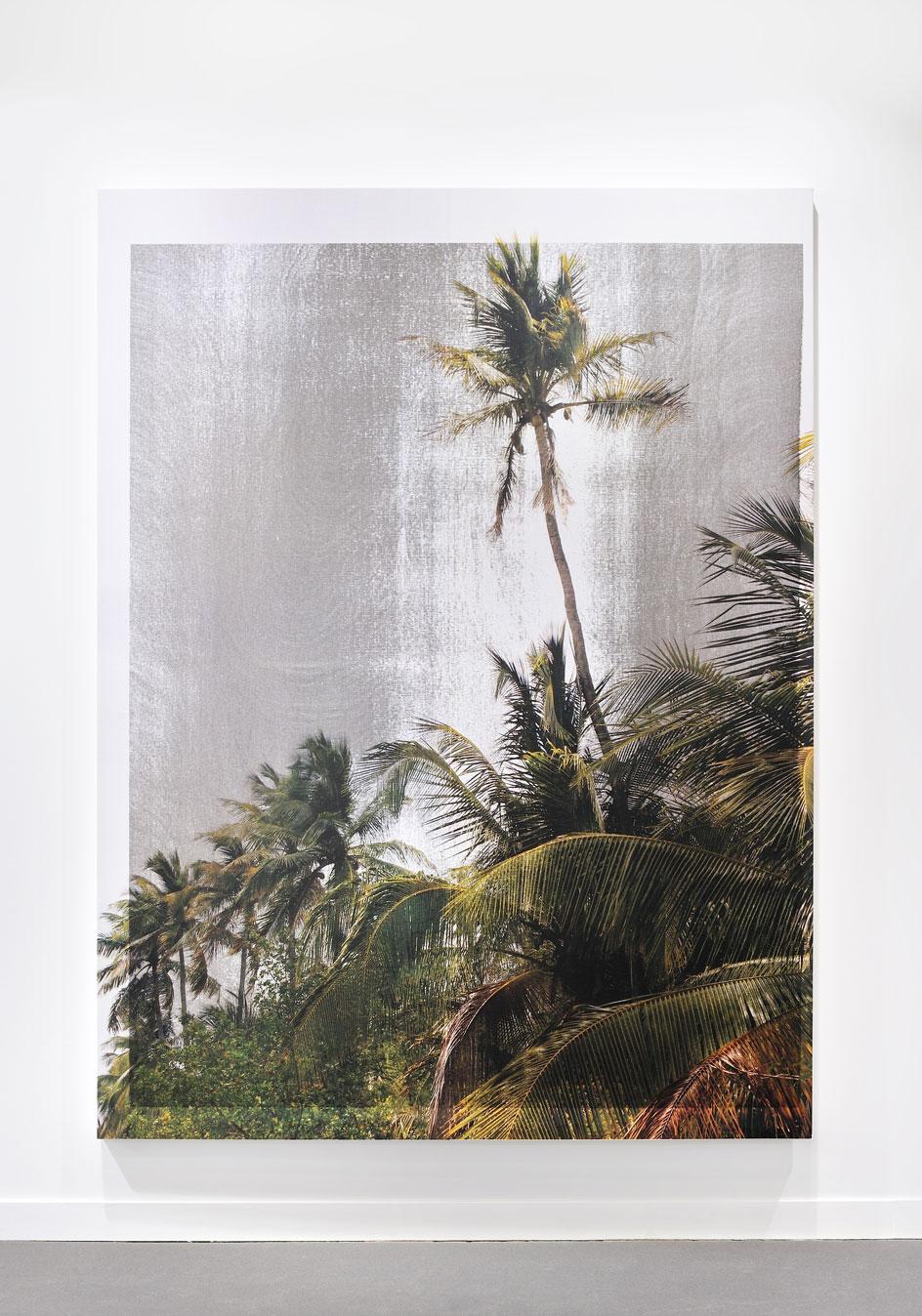
Contract (AOC L), 2014, Jennifer Allora & Guillermo Calzadilla.
Jennifer Allora and Guillermo Calzadilla highlight the damage done to Puerto Rico’s geography during the 60-year occupation by the US military. The artist duo photograph palm trees that were used as markers for disposal sites of hazardous waste and overlay the images with black-ink screen prints to taint and corrupt the natural harmony of the scene.
Artist duo Mazenett Quiroga explore the appropriation of resources across cultures and map the lifecycle of these resources from the natural world to the globalised economies of our daily lives. The jaguar takes centre stage as a significant physical and spiritual animal in most Native American cultures, and is set against the reality of the threats to its natural habitat through mineral mining in the Colombian Amazon.
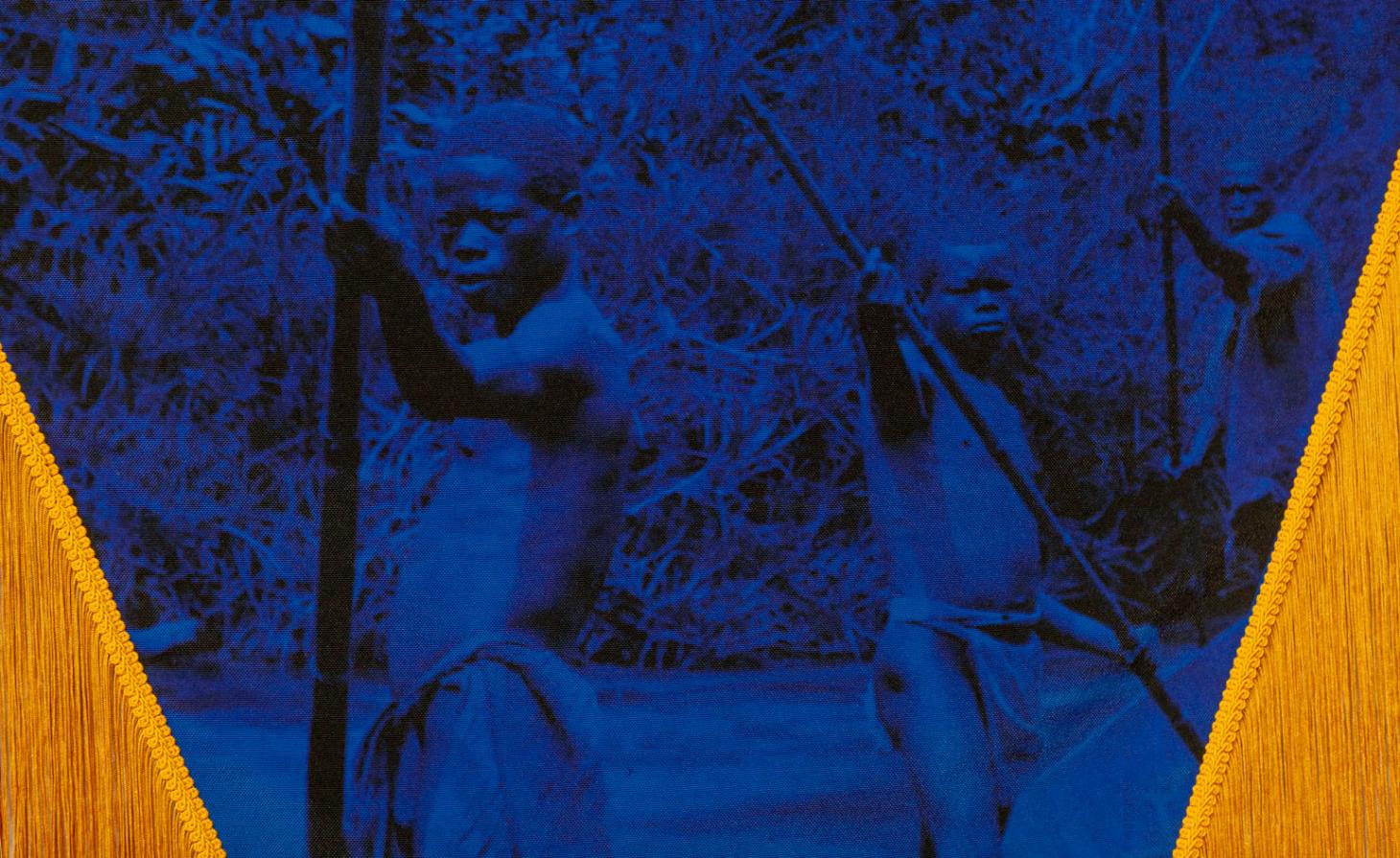
© Shiraz Bayjoo
Shiraz Bayjoo’s newly commissioned work looks at the lives and afterlives of the native populations of the Indian Ocean. Using archive materials of unidentified people and untold stories alongside new works of ceramics, sculpture and textile, Bayjoo seeks to re-dignify these peoples and communities and recognise their place in history.
Nigeria-born Otobong Nkanga juxtaposes the cultural significance of the kola nut in Nigeria with its commodification and flourishing in the global market as a result of it being at one time a key ingredient in Coca-Cola. The large-scale photographs of Franco-Algerian photographer Zineb Sedira are poetic laments on erasure and ruin, focusing on transoceanic movement and trade between France and Algeria. Malala Andrialavidrazana’s work also considers movement as well as the relationship between traditions and globalisation. Her large-scale prints, reminiscent of traditional maps, are speckled with recognisable symbols of nation, economy and the recent past, such as banknotes and stamps.
Receive our daily digest of inspiration, escapism and design stories from around the world direct to your inbox.
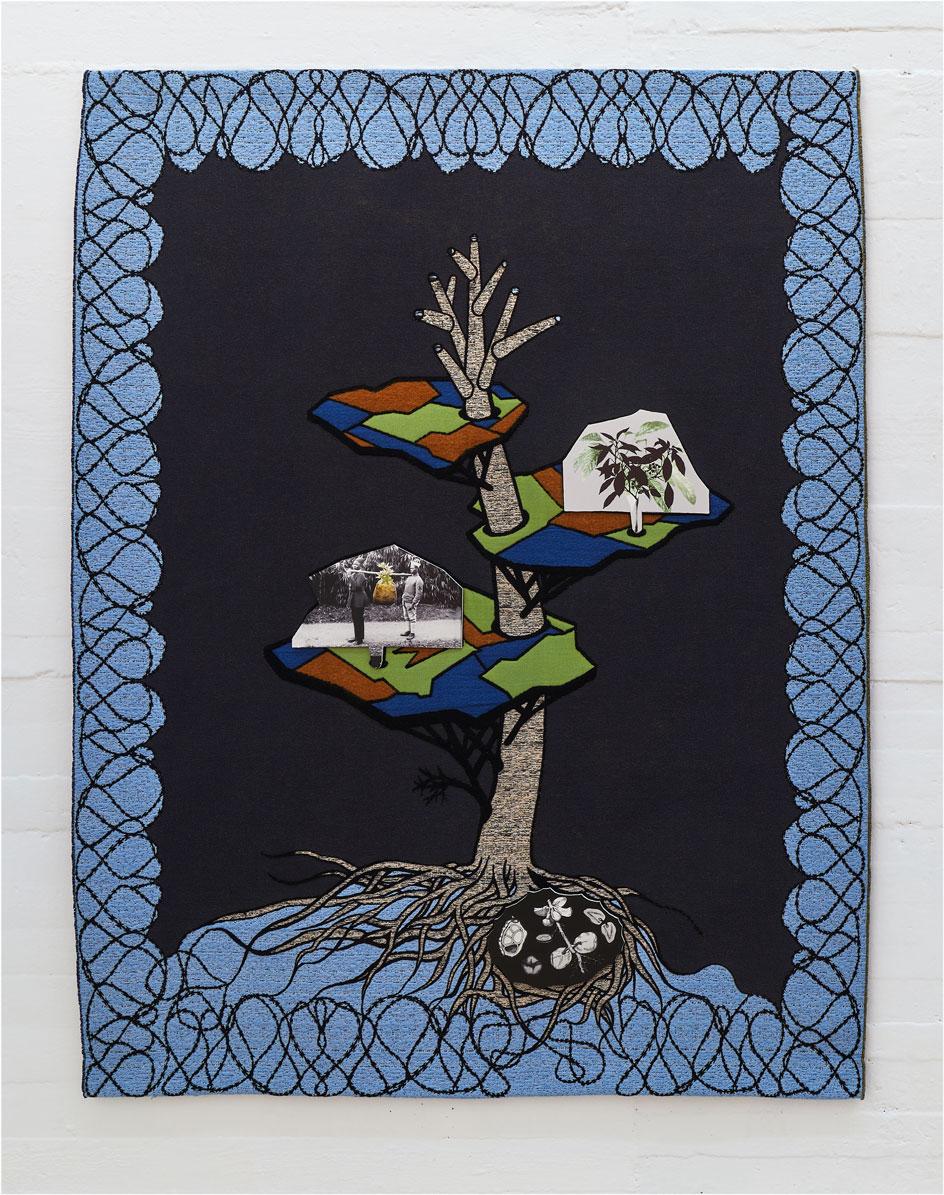
Otobong Nkanga, Contained Measures, Kolanut Tales (2012)
Caroline Caycedo looks to Colombia, Mexico and Brazil as she documents the effects of damming on surrounding communities and landscapes in a long accordion-fold book that amasses images, maps, poems, satellite photographs and research material. The artist unpacks corporate power structures, mass production and the impact of local communities.
In an ambitious show that spans a wide breadth of culture and experience, we are presented with a spectrum of viewpoints through which to interrogate our histories and geographies. ‘What these artists offer is new paradigms and new ways of imagining how we live’, explains Eshun. So, while the exhibition undoubtedly labours on the despoiling of the beauty of nature, it is, in essence, also an ode to the beauty of perspective.
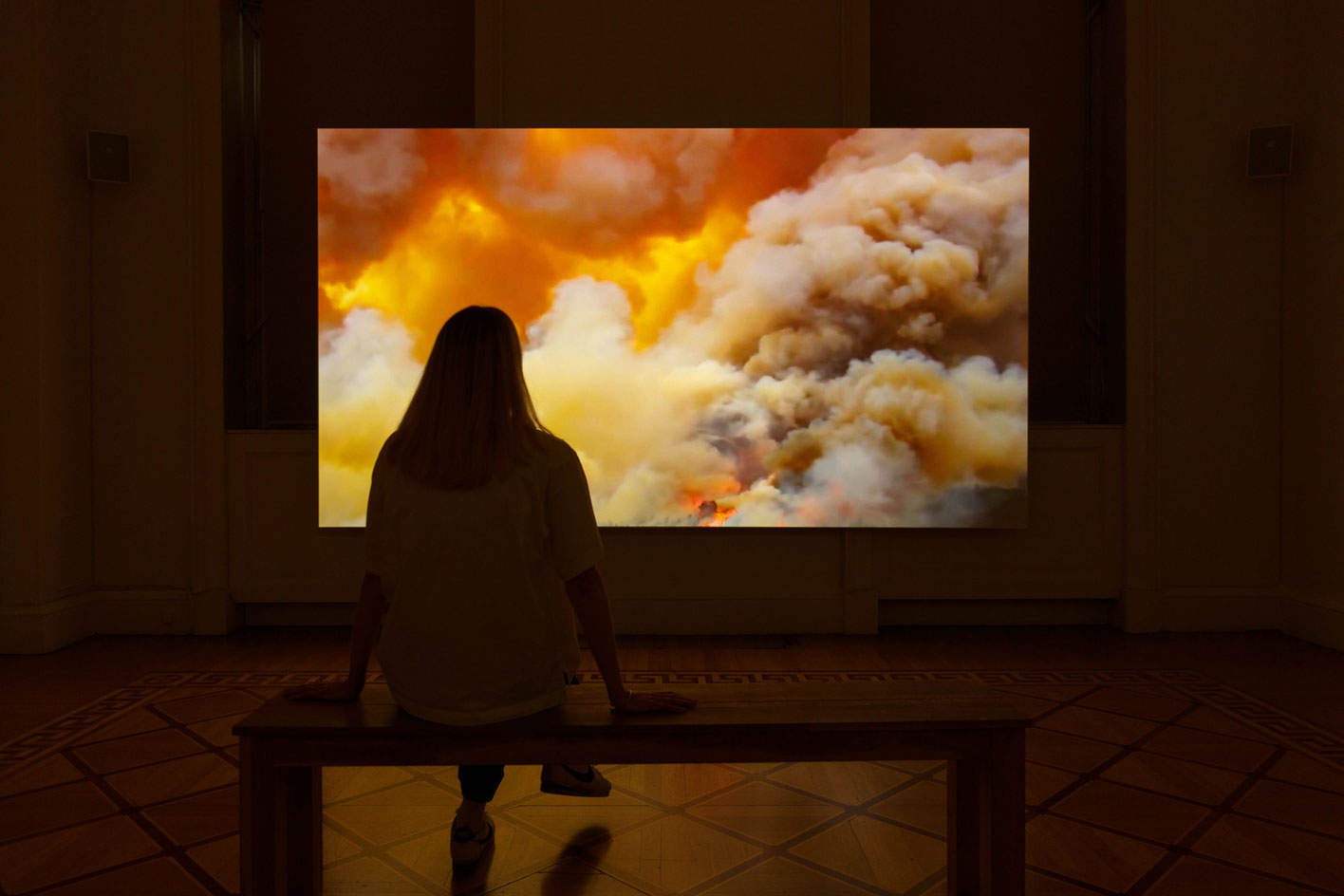
From the forest to the concrete (to the forest) (2019) by Alberta Whittle as part of ’We Are History’ at Somerset House, London (c) Tim Bowditch
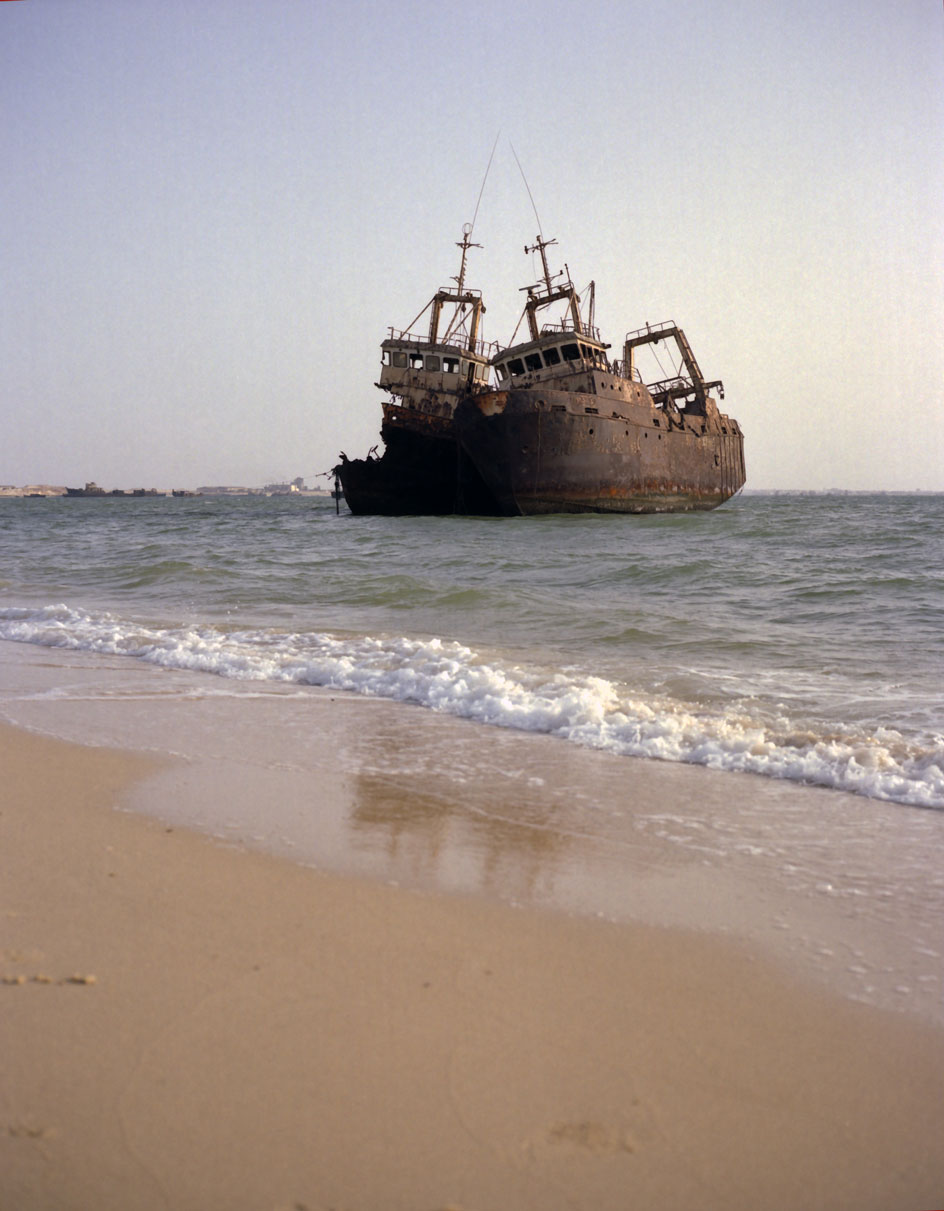
The Lovers II by Zineb Sedira © DACS Zineb Sedira. Courtesy of the artist and kamel mennour, Paris, London
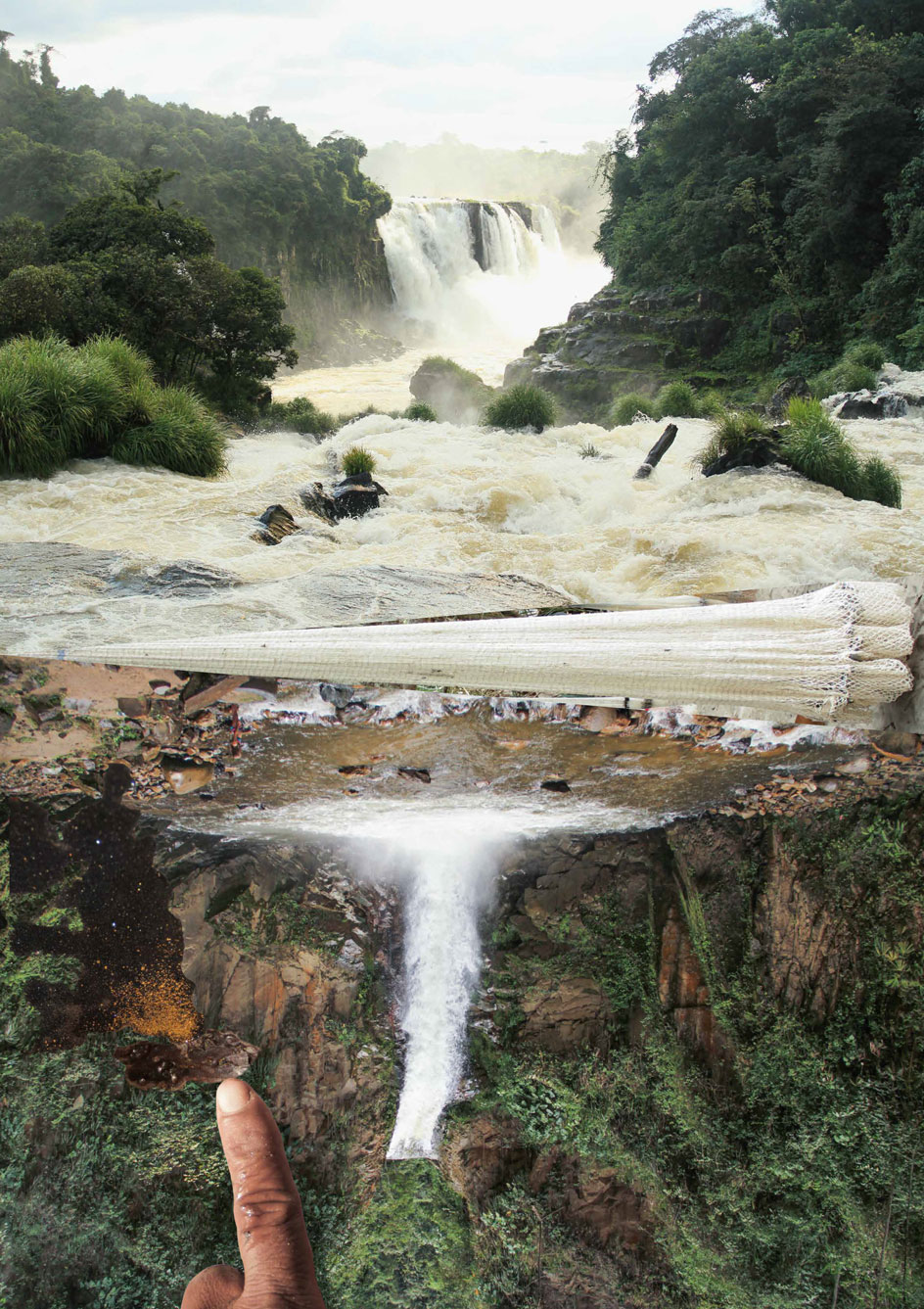
Serpent River Book Extract.
INFORMATION
'We Are History', until 6 February 2022, Somerset House. somersethouse.org.uk
-
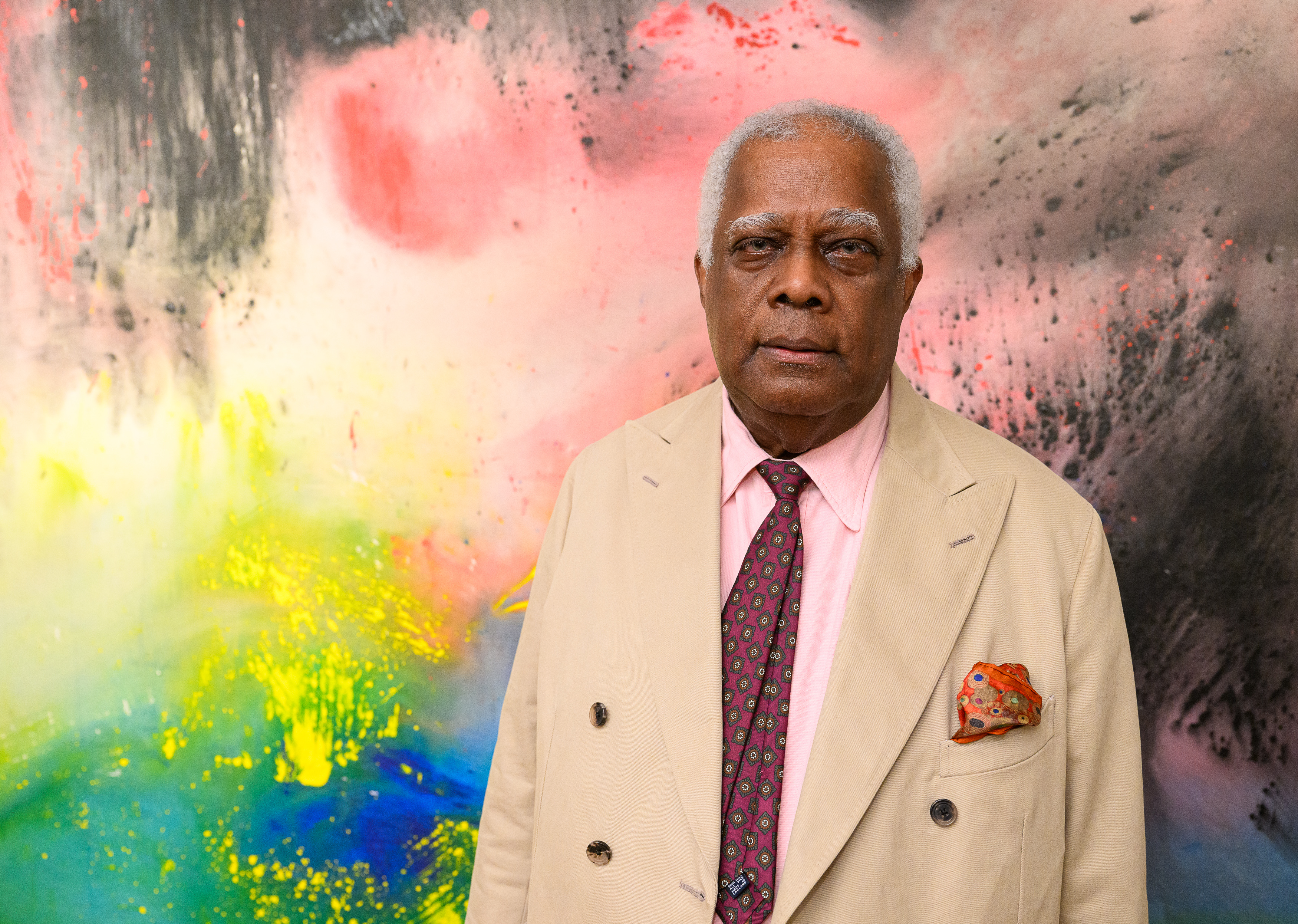 Winston Branch searches for colour and light in large-scale artworks in London
Winston Branch searches for colour and light in large-scale artworks in LondonWinston Branch returns to his roots in 'Out of the Calabash' at Goodman Gallery, London ,
-
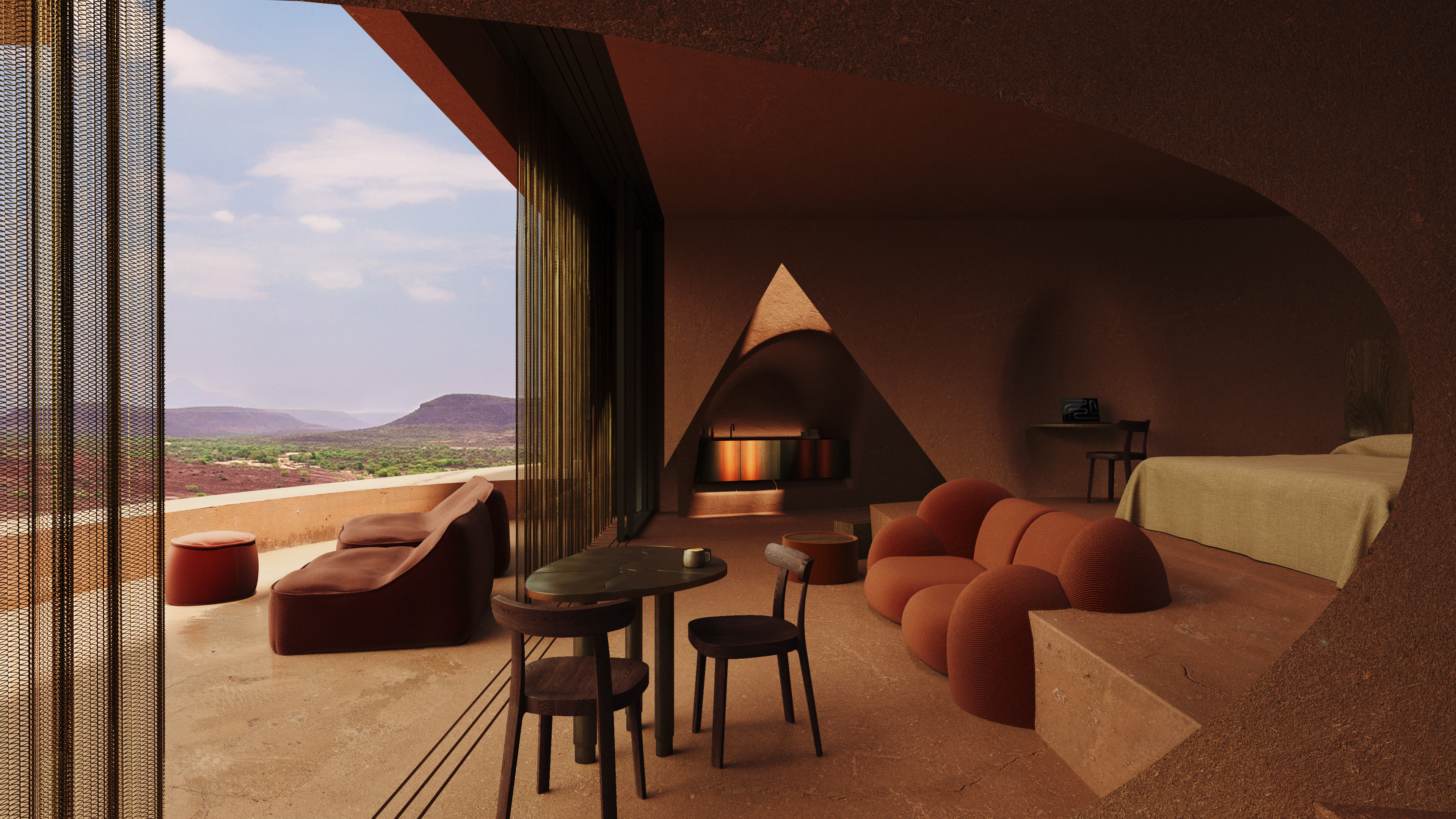 The most anticipated hotel openings of 2026
The most anticipated hotel openings of 2026From landmark restorations to remote retreats, these are the hotel debuts shaping the year ahead
-
 Is the future of beauty skincare you can wear? Sylva’s Tallulah Harlech thinks so
Is the future of beauty skincare you can wear? Sylva’s Tallulah Harlech thinks soThe stylist’s label, Sylva, comprises a tightly edited collection of pieces designed to complement the skin’s microbiome, made possible by rigorous technical innovation – something she thinks will be the future of both fashion and beauty
-
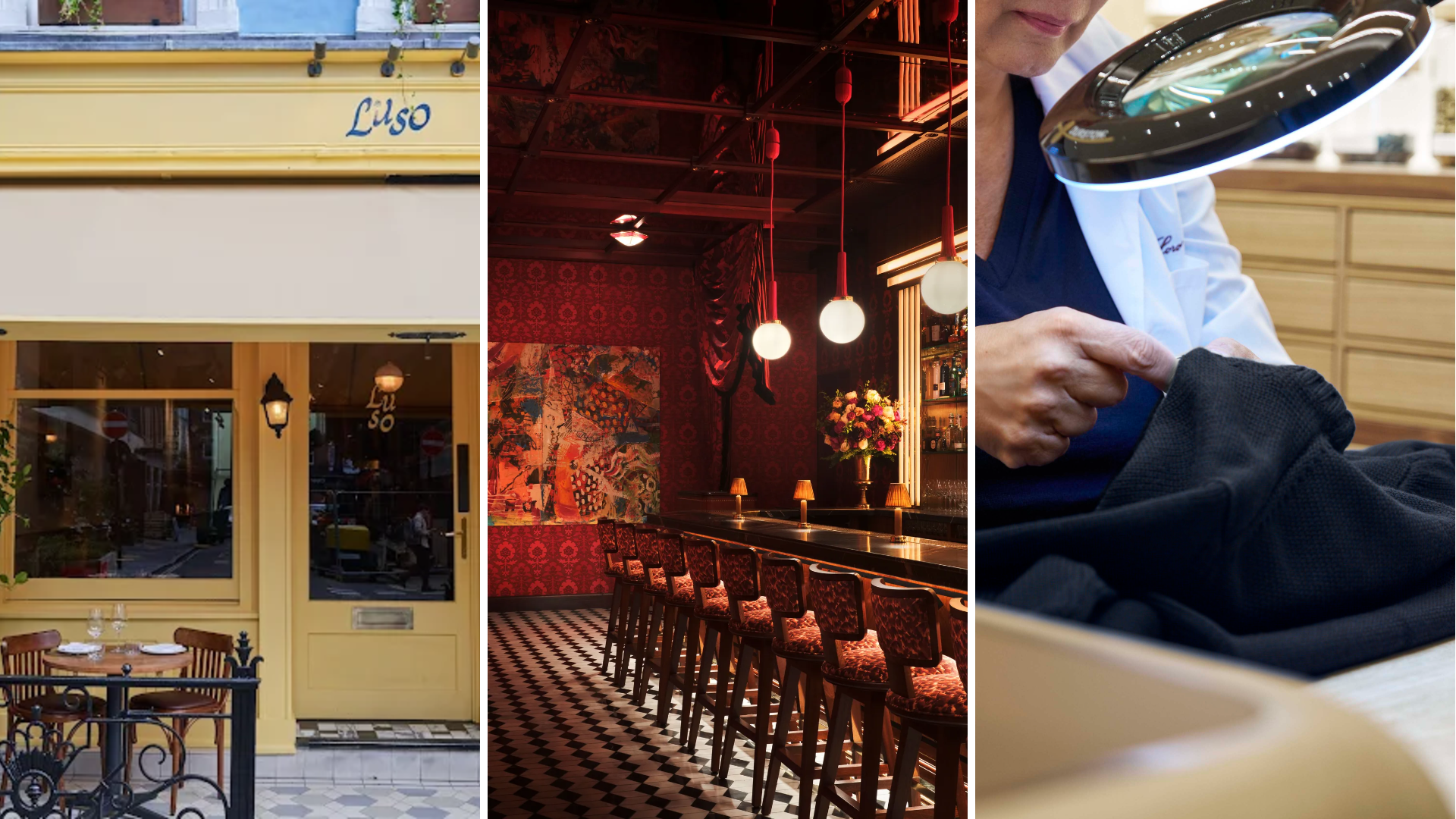 Out of office: The Wallpaper* editors’ picks of the week
Out of office: The Wallpaper* editors’ picks of the week'Tis the season for eating and drinking, and the Wallpaper* team embraced it wholeheartedly this week. Elsewhere: the best spot in Milan for clothing repairs and outdoor swimming in December
-
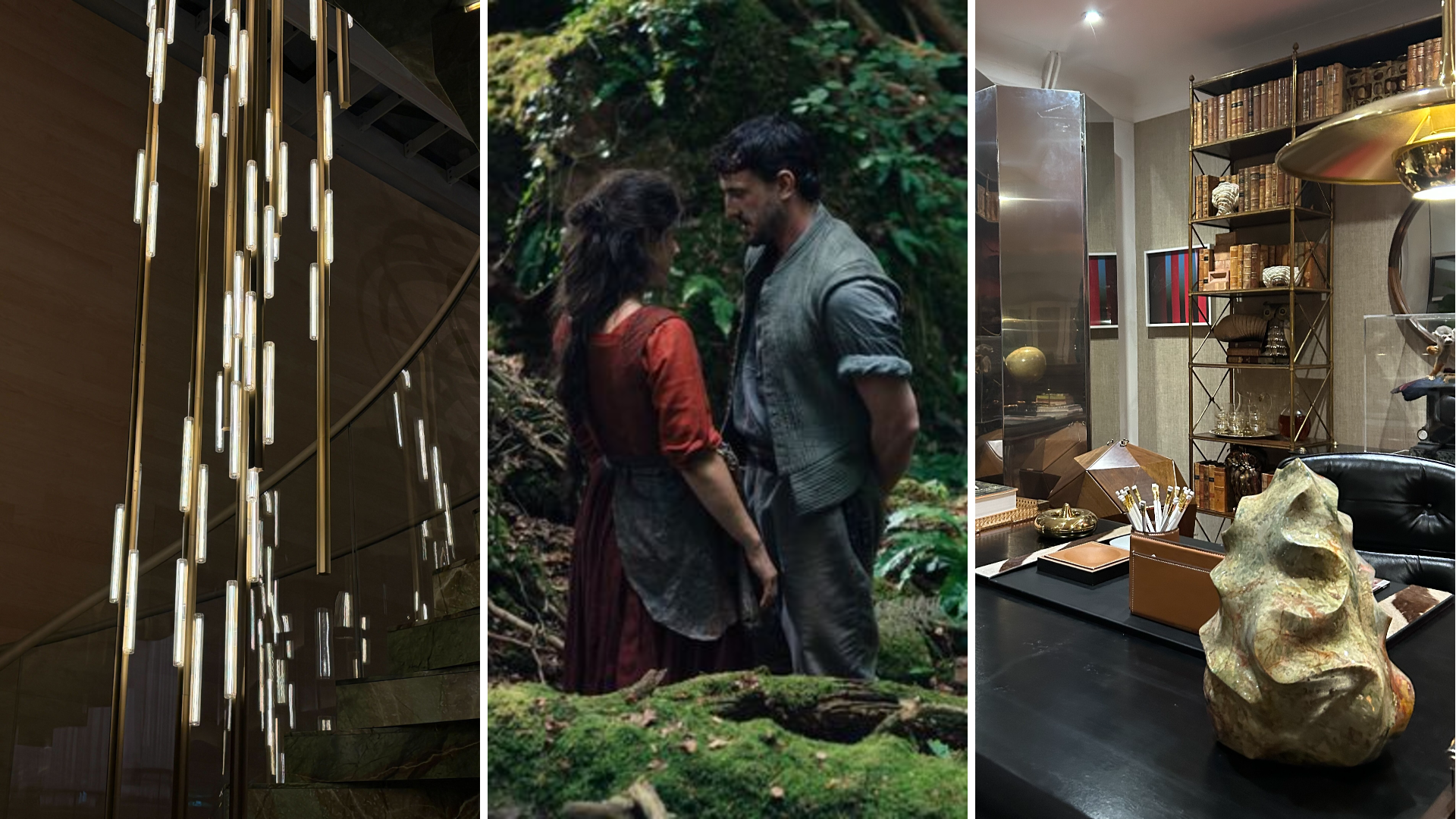 Out of office: The Wallpaper* editors’ picks of the week
Out of office: The Wallpaper* editors’ picks of the weekFar from slowing down for the festive season, the Wallpaper* team is in full swing, hopping from events to openings this week. Sometimes work can feel like play – and we also had time for some festive cocktails and cinematic releases
-
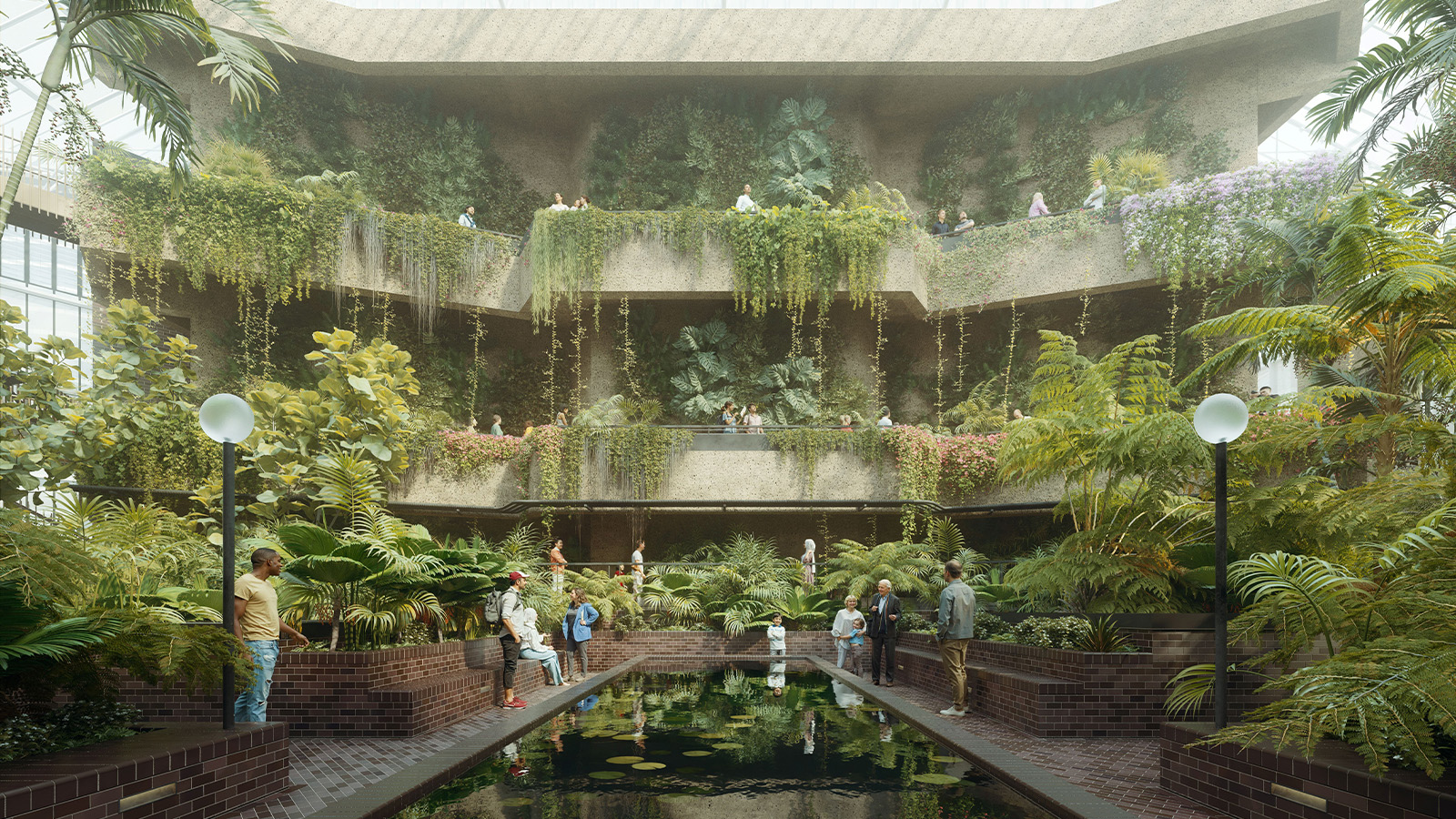 The Barbican is undergoing a huge revamp. Here’s what we know
The Barbican is undergoing a huge revamp. Here’s what we knowThe Barbican Centre is set to close in June 2028 for a year as part of a huge restoration plan to future-proof the brutalist Grade II-listed site
-
 Out of office: The Wallpaper* editors’ picks of the week
Out of office: The Wallpaper* editors’ picks of the weekIt’s wet, windy and wintry and, this week, the Wallpaper* team craved moments of escape. We found it in memories of the Mediterranean, flavours of Mexico, and immersions in the worlds of music and art
-
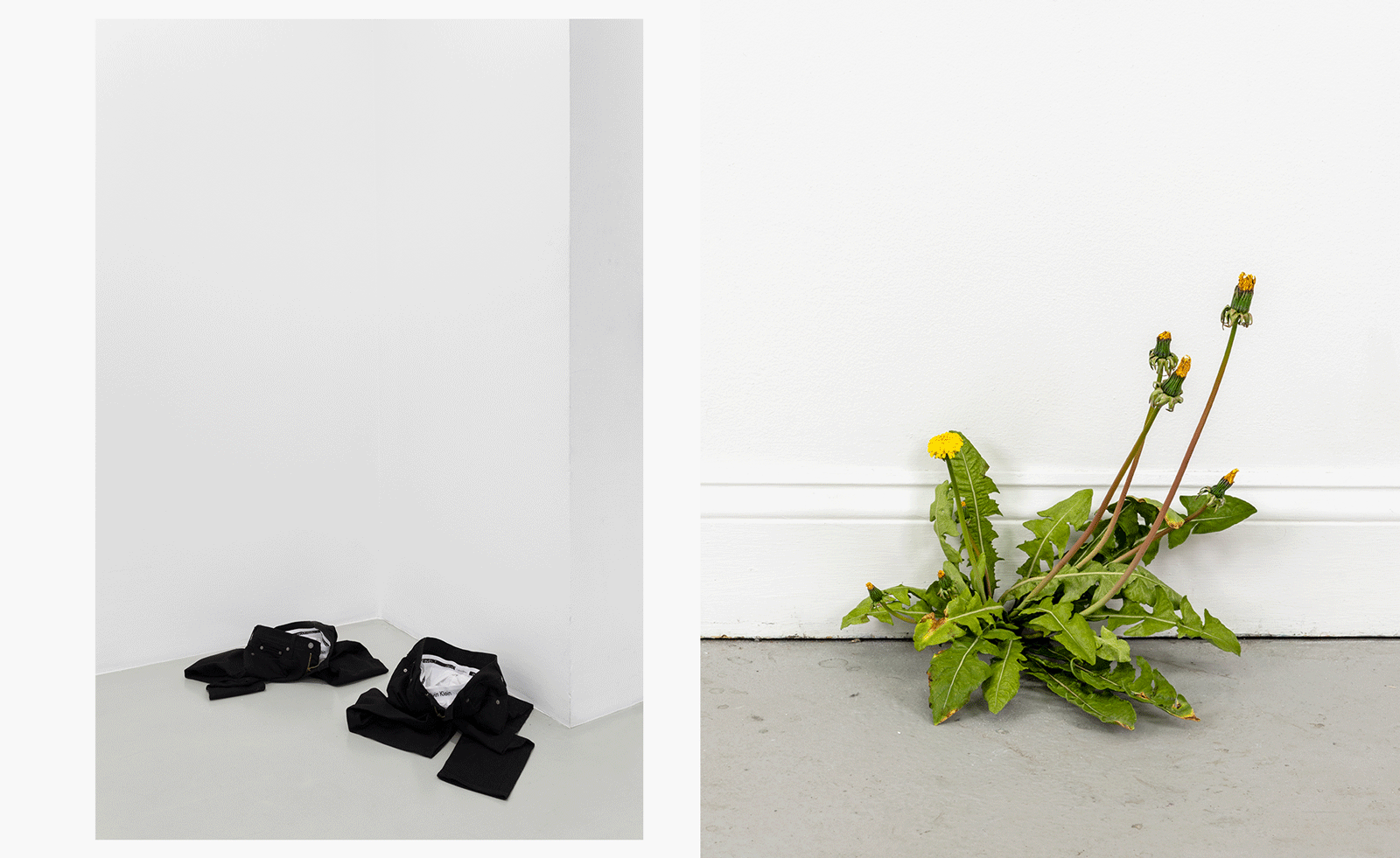 Each mundane object tells a story at Pace’s tribute to the everyday
Each mundane object tells a story at Pace’s tribute to the everydayIn a group exhibition, ‘Monument to the Unimportant’, artists give the seemingly insignificant – from discarded clothes to weeds in cracks – a longer look
-
 Out of office: The Wallpaper* editors’ picks of the week
Out of office: The Wallpaper* editors’ picks of the weekThis week, the Wallpaper* team had its finger on the pulse of architecture, interiors and fashion – while also scooping the latest on the Radiohead reunion and London’s buzziest pizza
-
 Out of office: The Wallpaper* editors’ picks of the week
Out of office: The Wallpaper* editors’ picks of the weekIt’s been a week of escapism: daydreams of Ghana sparked by lively local projects, glimpses of Tokyo on nostalgic film rolls, and a charming foray into the heart of Christmas as the festive season kicks off in earnest
-
 Wes Anderson at the Design Museum celebrates an obsessive attention to detail
Wes Anderson at the Design Museum celebrates an obsessive attention to detail‘Wes Anderson: The Archives’ pays tribute to the American film director’s career – expect props and puppets aplenty in this comprehensive London retrospective